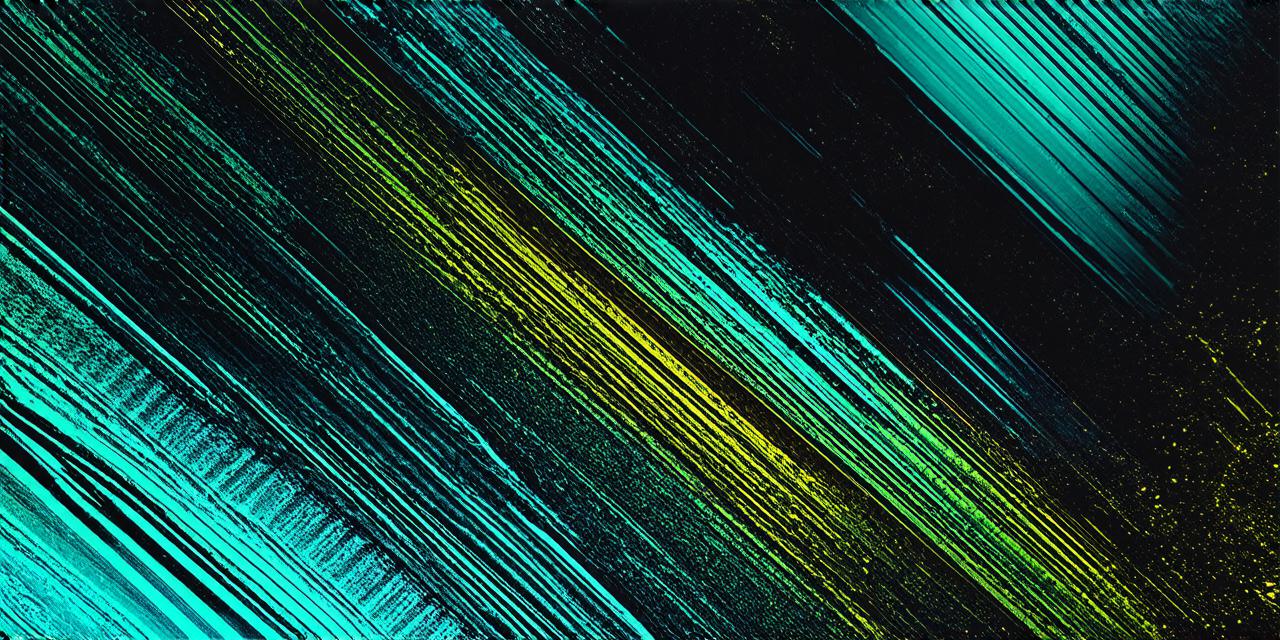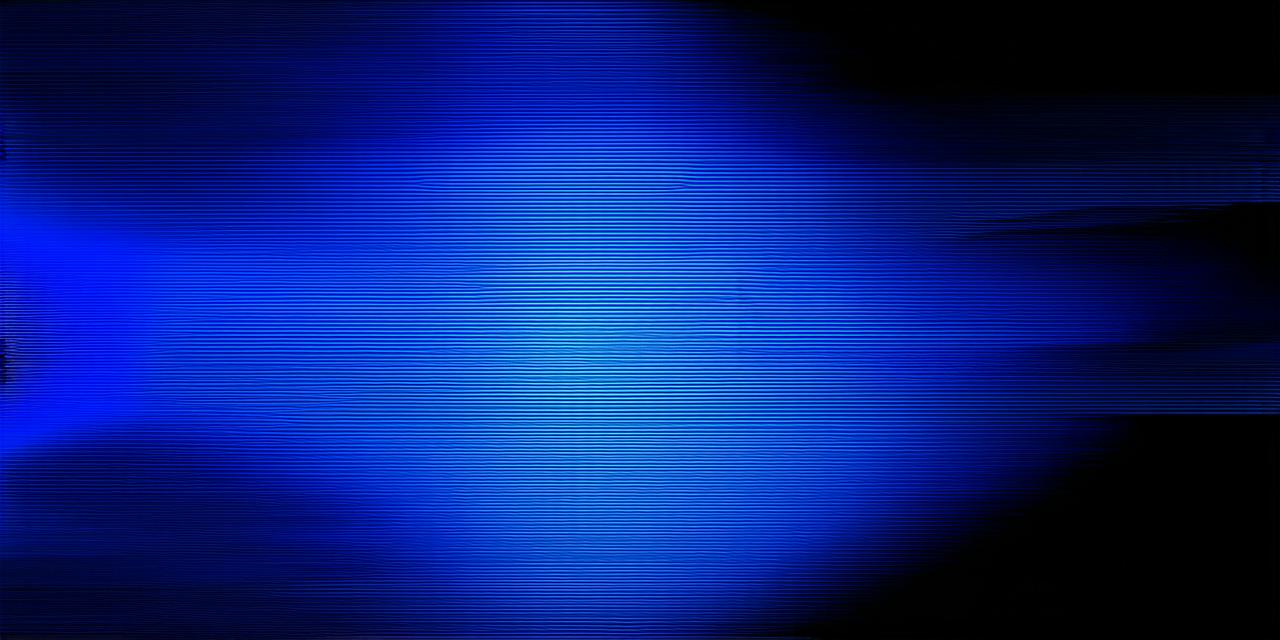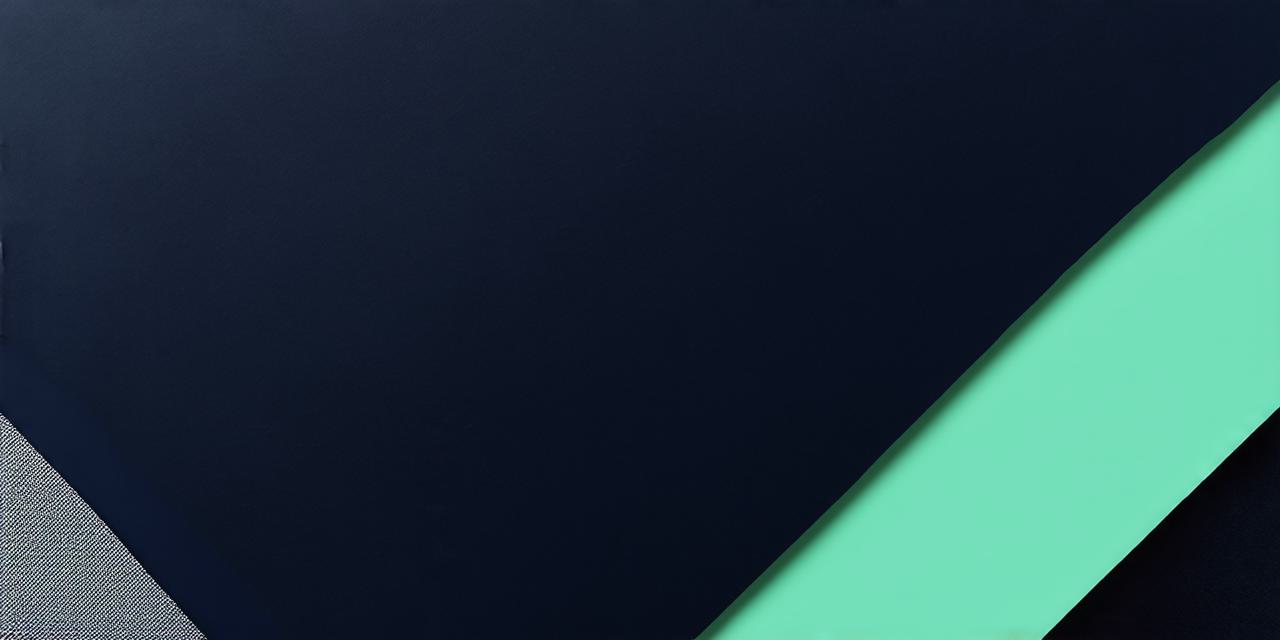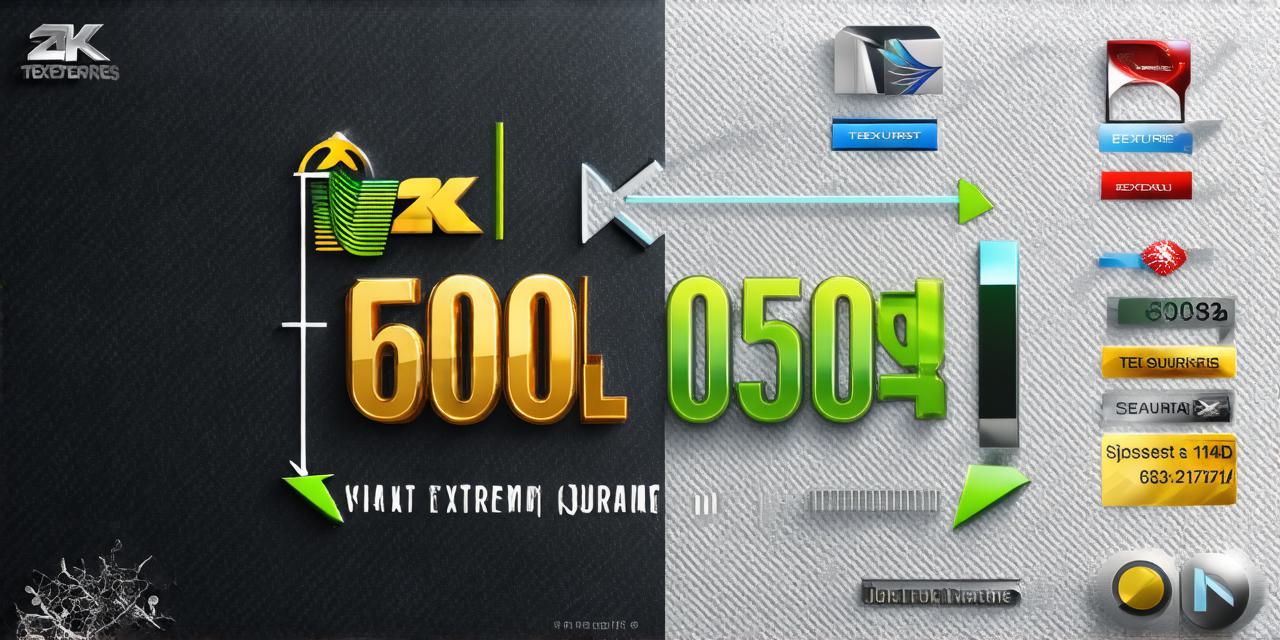Digital art is a fascinating and ever-evolving form of creative expression that allows artists to explore new mediums and techniques. With the rise of digital tools and platforms, anyone can create stunning visual works, regardless of their skill level or background. However, creating effective digital art requires a combination of technical knowledge, artistic ability, and a deep understanding of design principles. In this article, we will explore some tips and techniques that will help you master digital art and take your skills to the next level.

1. Choose the Right Tools
The first step in creating effective digital art is choosing the right tools. There are many different software programs available, each with its own unique features and capabilities. Some of the most popular digital art tools include Adobe Photoshop, Illustrator, Procreate, Corel Painter, and Affinity Designer.
When selecting a tool, it’s important to consider your level of experience and the type of artwork you want to create. If you’re new to digital art, it may be best to start with a beginner-friendly program like Procreate or Affinity Designer. These programs have simple interfaces and are easy to learn, making them ideal for beginners. On the other hand, if you’re an experienced artist looking to create more complex works, Adobe Photoshop or Illustrator may be better suited to your needs.
2. Understand the Basics of Design
To create effective digital art, it’s important to have a solid understanding of design principles. This includes concepts such as color theory, composition, typography, and layout. By mastering these basics, you will be able to create visually appealing and balanced artwork that effectively communicates your message.
One of the best ways to learn about design is by taking online courses or attending workshops. There are many free and paid resources available online that can help you improve your skills and knowledge. Additionally, practicing with real-life examples and case studies can also be very helpful in developing your understanding of design principles.
3. Experiment with Different Techniques
Digital art offers a wide range of techniques and styles that you can experiment with to create unique and compelling works. Some popular digital art techniques include layering, blending modes, texture effects, and particle systems.
One way to experiment with techniques is by creating a “mood board” of images and references that inspire you. This can help you visualize how different techniques and styles can be combined to create a cohesive and effective artwork. Additionally, practicing with real-life examples and case studies can also be very helpful in developing your understanding of different techniques and styles.
4. Develop Your Own Style
One of the keys to creating effective digital art is developing your own unique style. By finding your own voice and aesthetic, you will be able to create works that stand out from the crowd and effectively communicate your message.
To develop your own style, it’s important to experiment with different techniques, colors, and textures. You can also draw inspiration from other artists and incorporate elements of their work into your own. Additionally, practicing regularly and developing a consistent workflow can help you refine your style and develop a cohesive body of work.
5. Collaborate with Other Artists
Collaborating with other artists can be a great way to learn new techniques and expand your artistic horizons. By working with others, you will be able to share ideas, get feedback on your work, and gain new perspectives on your own art.
There are many ways to collaborate with other artists, including online communities, social media groups, and local meetups. By finding like-minded individuals who share your passion for digital art, you can create exciting and innovative works that push the boundaries of what’s possible in this medium.
Summary
Creating effective digital art requires a combination of technical knowledge, artistic ability, and a deep understanding of design principles. By choosing the right tools, understanding the basics of design, experimenting with different techniques, developing your own style, and collaborating with other artists, you can take your skills to the next level and create stunning visual works that effectively communicate your message.



